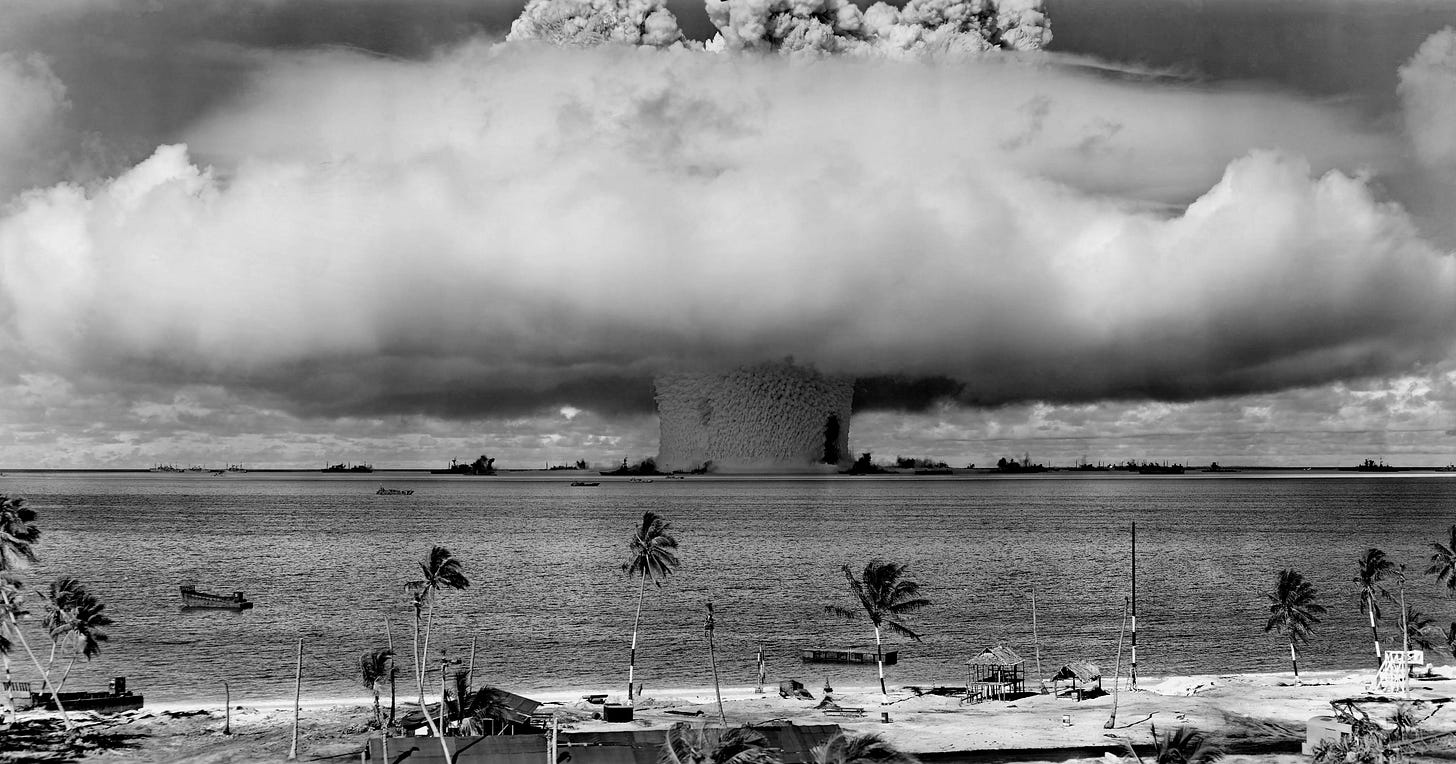Weapons of Mass Concern
A Global Look at the Ominous Future of Warfare
Surviving a previous poisoning attempt, the sudden death of Russian dissident protester Alexey Navalny from unknown causes serves as a stark reminder of the looming threat of unconventional attacks
Despite being officially banned worldwide, these hazardous substances remain an effective and inexpensive means of defeating adversaries. Originating over a century ago with chemical warfare, the threat escalated to nuclear capabilities in the 1940s.
With the aftermath of the COVID-19 pandemic underscoring vulnerabilities, the potential peril now shifts towards biological weaponry.
In controlling this hazard, the UN is now the central regulator, but numerous “bad actors” ignore its regulations with impunity.
The original regulations were drawn up with the Hague Convention in 1907, their use described as a war crime; the lack of legislative effectiveness was confirmed by the manufacture of an estimated 125,000 tons of poison gas in the first World War. Research in its use, both defensive and offensive, began in earnest as the war progressed.
Used at its most heinous in the trench warfare of WW1, all sides were involved. The French struck the “first blow”, initially using tear gas (various bromide formulas) filled grenades to temporarily immobilise the enemy.
The next development was the Germans’ use of chlorine gas, its first release from canisters depended on the wind blowing in the right direction!
This resulted in mass French casualties within minutes and facilitated a breakthrough in the battlefront; the psychological threat was substantial until the development of the gas mask and subsequently, the box respirator.
The use of phosgene gas significantly increased the casualty rate, targeting the eyes and lungs, yet it only induced temporary incapacity.
By the end of the war, the Germans had produced tons of mustard gas, the French tons, and the British and US about tons each.
Mustard gas, unleashed by the Germans in 1917, primarily caused burning and blistering of exposed body parts and eyes, bypassing the defence of respirator masks. Although of German origin, it sometimes affected both sides as it remained a contaminant in the soil; by 1918, the US was also producing mustard gas.
At the end of WW1, the British forces listed 185,000 casualties from gas attacks, 175,000 of those being from mustard gas. Overall, there were an estimated 1. 3 million gas casualties, with 90,000 deaths.





